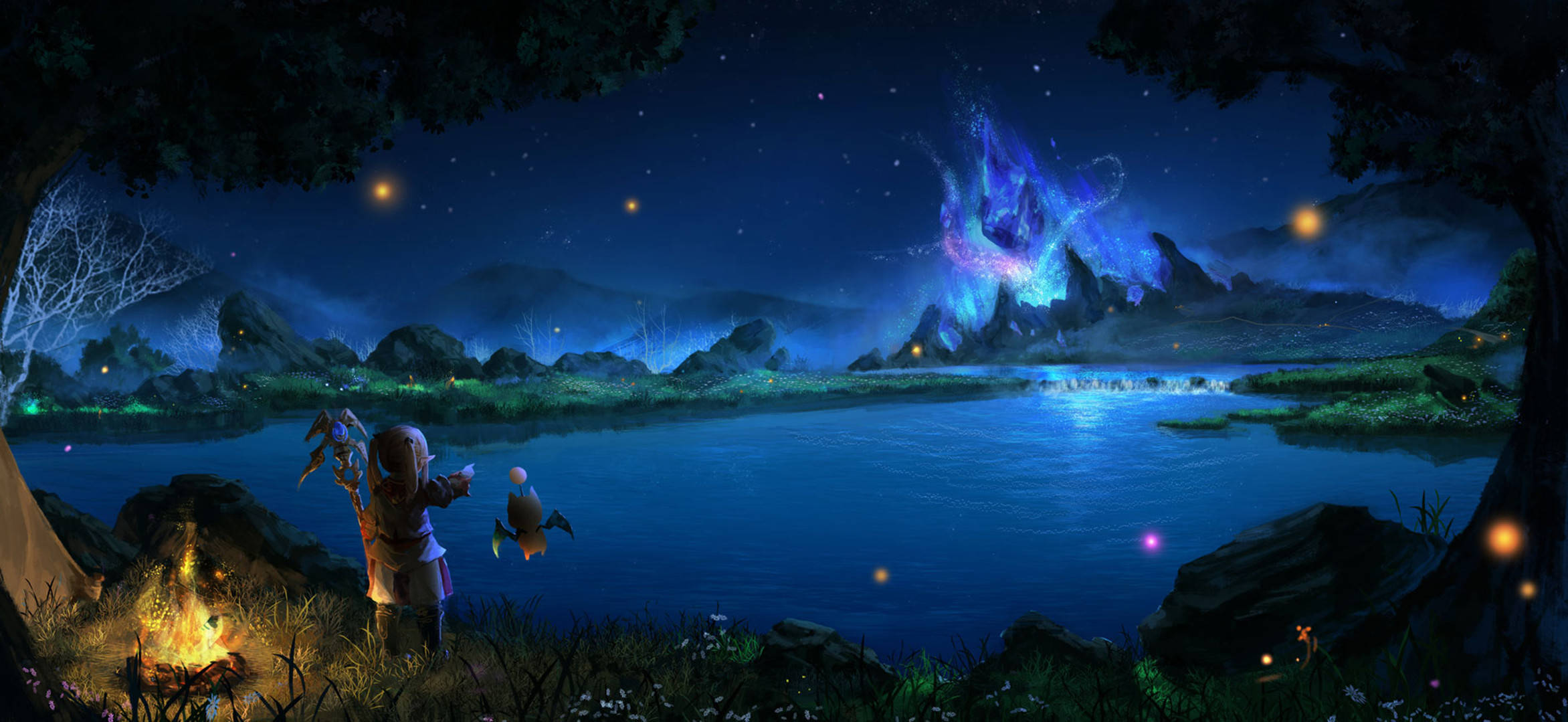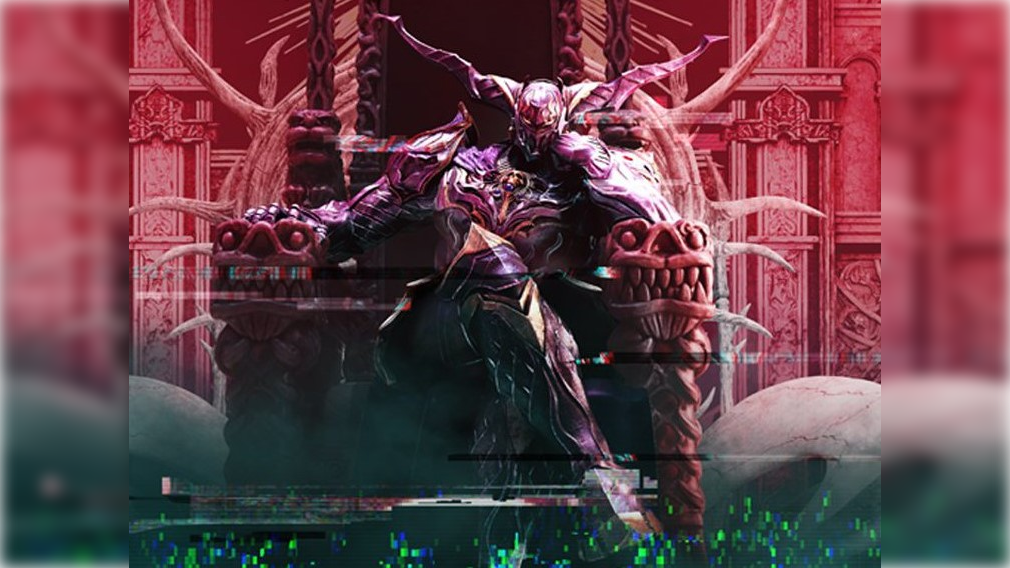Greetings! My online handle is ctrlaltQQ. We might’ve run into each other on OCTGN before. I’ve been playing the game since Opus 2. As far as competitive FFTCG is concerned, I initially collected the cards for fun but ended up playing the game competitively. My tournament results history has been subpar, my biggest W was qualifying for US Nationals back in 2019 after winning a local store tournament. In hindsight, I wasn’t as good of a player back then. I became a better player after I started playing online—giving me the opportunity to play vs more players outside of my local scene really broadened my horizons. My goal this year is to try to qualify for the NA playoffs, and I’ve been thinking a lot about the game. I want to share with you some of my most recent thoughts in today’s article.
Introduction
The Kansas Materia cup has concluded this month and congrats to Sam Prime for taking first place. With a grand total of 116 participants, the Kansas City cup was the largest tournament in the NA region this year thus far. Typically, only the top-performing decks are shared on FFDecks, but fortunately, the tournament organizers went the extra mile and provided the deck lists for the top 96(!) participants. Data analysts like myself are just salivating in the mouth. Therefore, today we’re going to analyze all of the data to try to understand the ever-shifting competitive metagame of FFTCG!
First and foremost, let me outline how I categorized the 96 decks. Each deck was assigned an elemental type attribute, followed by a description based on my observations, and finally placed into a broader category. This breakdown aims to determine if deck construction has any impact on performance. So, without further ado, here is the breakdown of the different broad categories of decks that were present:
Breakdown


Most of these categories are self-explanatory, except for the “rogue/unique” archetype. I assigned this category to decks that had no similar counterparts. These are your non-meta, one-off hopefuls that are trying to shake up the meta on their own. When combined, these decks make up the largest percentage, approximately 15%. However, it’s important to note that around 15% of the decks brought to the tournament were home brews/distinct. Now, let’s delve deeper into the performance of the Rogue deck lists and see how each of them fared.
Rogue/Unique Lists

Out of the rogue lists, 5 decks successfully made it to day 2 of the event, by far the largest number out of all the categories. There’s undoubtedly an edge when it comes to playing in Swiss rounds as opponents are unaware of your deck’s strategy. In fact, the top seed entering day 2 belonged to Torrey Kelly, piloting a monster deck, who achieved a flawless 7-0 record in Swiss rounds. It’s worth mentioning that mono decks, apart from mono water, are not very popular at the moment. Additionally, an interesting observation is the lack of storm decks. In Opus 18, Mono Wind and Ice/Wind were consistently the top-performing decks, but since the release of the Category 13 starter decks, storm decks have significantly declined in usage.
Soiree and Category XIII
Soiree and Category FF13 emerged as the most popular deck choices, accounting for approximately 25% of the total turnout, with an even split of 13% each. This statistic took me by surprise. I had anticipated both deck types to be more popular, at around 20% each. One significant takeaway from this data is that Category 13 represents a smaller portion of the player population than I had initially assumed. Now, let’s examine their performance differentials.


Only three Soiree and four Category 13 players made Day 2. To be able to successfully make top cut requires both sound play and luck of the draw. I’ve always said that the more players playing the deck list, the higher the probability the deck will make top cut. But are these decks consistent enough to always make top cut? I’ll let you come to your own conclusion.
Before we assess the performance of the winning deck archetype, let’s take a closer look at the Ice/Earth and FF6 lists. Ice/Earth and FF6 emerged as the frontrunners in the Materia Cup held in Florida, with Ice/Earth claiming first place and FF6 securing the second spot. Naturally, one would expect both decks to have a high turnout as players aim to replicate their success. Net decking will always be a thing because deck construction is difficult and time-consuming.
Ice/Earth

Out of the seven Ice/Earth players, only one managed to make it to the top cut. The number of Ice/Earth decks was lower than I expected, and their performance was even worse than anticipated. However, when considering the other decks in play, this outcome starts to make sense. In the past, Ice/Earth excelled due to its dominance over Soiree decks, which were highly popular in the meta. But since Soiree only accounted for 13% of the total decks this time, the tech choices against other decks, such as arcanists, didn’t prove as effective. In fact, if this tournament had followed the usual 100-player format, none of the Ice/Earth lists would have made it to the top cut. This shows that net decking isn’t always the optimal strategy. Being able to accurately predict shifts in the meta goes a long way.
FF VI

FF6 secured first place in the Benelux Materia Cup and second place in the Florida Materia Cup. There are two variants of this deck: one with the stooges and one without. It ultimately comes down to personal preference. However, out of the nine players, only two made it to day 2. This deck seems slightly less popular than Soiree/Category 13, but it’s still something you have to consider when it comes to deck construction.
Rydia/Wol/Unei 4 Color

While examining the deck lists for the four-color Rydia deck, I noticed an interesting pattern. There were two very similar lists, but when you dig into the details, they were clearly not identical. The original list was crafted by Ghoul02, who provided a detailed breakdown of the deck on his channel. The first-place winner used a variation of this list, created and piloted by both Sam Prime and Mohammad Ahmad. Although “only” 3 out of 9 players made it to day 2 with this deck, it’s worth noting that they also secured 34th and 35th place respectively, indicating the potential for more representation had tiebreakers been more favorable. Personally, I can confidently say that this deck is highly enjoyable to play, and I predict that it will see increased play in future tournaments.
Water is Wet
A tale that is old as time, Mono Water remains the only element that is still viable competitively. I believe it is necessary to distinguish between Mono Water and the Leo variant, as they differ significantly in terms of gameplay and strategy.

When analyzing the number of Leo decks played and their performance, it becomes evident that they excelled in this tournament. One could argue that we should expect to see Leo decks more often than not in the future.


Ice/Lightning
Is Ice/Lightning trending in the downward direction? In Japan, this deck enjoys immense popularity, and it was one of the most widely played decks in the FL Materia Cup. Therefore, it was surprising to observe the low turnout of Ice/Lightning decks this time around. Ice/Lightning traditionally performs exceptionally well against Category 13 decks, and if my prediction about Category 13 holds true, Ice/Lightning may continue to decline in usage.

Wol Variants

The remaining WOL lists are diverse and distinct from one another, with slight differences in composition. The key distinction between these lists and the Sam Prime Four-Color deck lies in the inclusion of Rydia. Being able to freely play a Syldra or any other summon off of Rydia might be the strongest variation. Nevertheless, if we were to combine the Four-Color WOL decks together, I would consider this archetype to be the most dominant deck in the current format, holding 7 spots in top 32.

Conclusion
Competitive FFTCG has always been a fascinating spectacle to observe. As new sets are released, the meta often transitions from aggro-heavy to control-oriented over time. We are only a few months removed from the release of “From Nightmares,” and already we are witnessing shifts in the meta. Will we witness a resurgence of control-heavy decks like Ice/Wind storm? Or will players view this as an opportunity to gamble on more aggressive strategies, considering the shift towards a slower style of play? These are questions to ponder when selecting your deck for the next event. Thank you for reading.
ctrlaltQQ






Leave a Reply